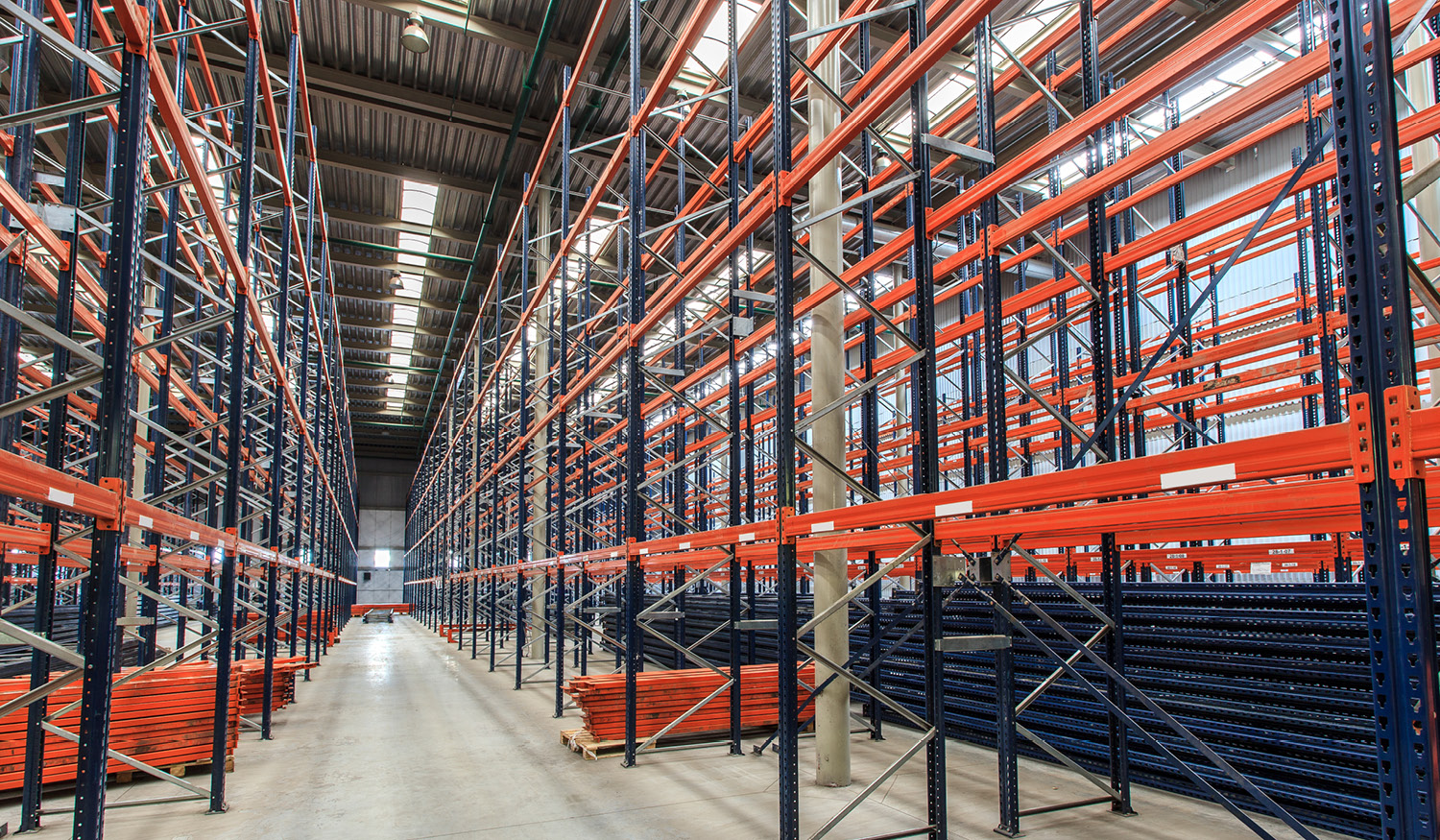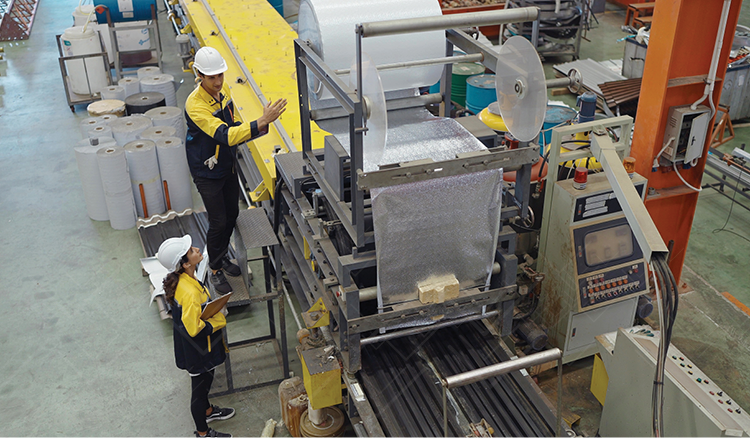Slow Season Strategies To Try Now
In today's fast-paced and uncertain business landscape, companies must remain nimble and adaptable to survive. This is especially true during periods of economic downturn, where challenges and uncertainties can arise at any moment. On-demand labor, demand forecasting, and downcycle agility are all important concepts for businesses looking to stay competitive in today's rapidly changing economy. With consistent changes in consumer behavior, companies are under increasing pressure to be agile and responsive to shifts in demand– especially when it’s slower than usual. Read on to learn about how to keep things rolling when demand slows down:
On-Demand Labor
On-demand labor refers to the use of contract workers to fill short-term staffing needs. The American Dream was founded on individual freedoms, and the gig economy delivers. This allows businesses to quickly scale up or down as needed to meet changing demand without the long-term commitment of hiring full-time employees.
![What is On-Demand Labor_[1]](https://cdn.prod.website-files.com/657b0bc6e1bbc3dc8b83106c/65824875330442470d1f6260_What%2520is%2520On-Demand%2520Labor_%255B1%255D.jpeg)
Demand Forecasting
Demand forecasting is the process of predicting future demand for a product or service. By analyzing past sales data and market trends, businesses can estimate how much of a product or service they are likely to sell in the future. This information is then used to inform production and staffing decisions.
Downcycle Agility
Downcycle agility refers to a business's ability to quickly adjust to a downturn in demand. When demand for a product or service drops, businesses must be able to scale back production and the number of full-time employees to avoid excess inventory and wasted resources. Downcycle agility also means being able to quickly pivot to new products or services that are in demand. Learn more.
The Benefit of the Combo
The combination of on-demand labor, demand forecasting, and downcycle agility can help businesses stay competitive in several ways. First, by utilizing on-demand labor, businesses can quickly scale up or down to meet changing demand without committing to long-term staffing contracts. This can help them avoid excess labor costs during slow periods and ensure they have enough workers during busy periods.
Second, demand forecasting allows businesses to make informed decisions about production and staffing levels based on expected demand. By accurately predicting future demand, businesses can avoid overproduction and excess inventory, which can be costly.
Finally, downcycle agility allows businesses to quickly adjust to a downturn in demand by scaling back production and staffing levels or pivoting to new products or services that are in demand. This can help them avoid excess inventory and wasted resources, which can be a significant financial burden during slow periods.
To effectively utilize on-demand labor, companies must also have a solid demand forecasting strategy in place. Demand forecasting involves analyzing market trends and customer behavior to predict future demand for a company's products or services. The key to surviving and thriving in today's business landscape is agility and adaptability, used hand in hand with an effective operations strategy. Try on-demand labor in your strategy now to stay ahead of the curve and emerge stronger in the face of adversity.
Previous Posts
How Policy Constraints, Not Just Production Bottlenecks, Threaten Your Bottom Line
The Future of Manufacturing and Logistics
Create a free business profile today to explore our platform.






